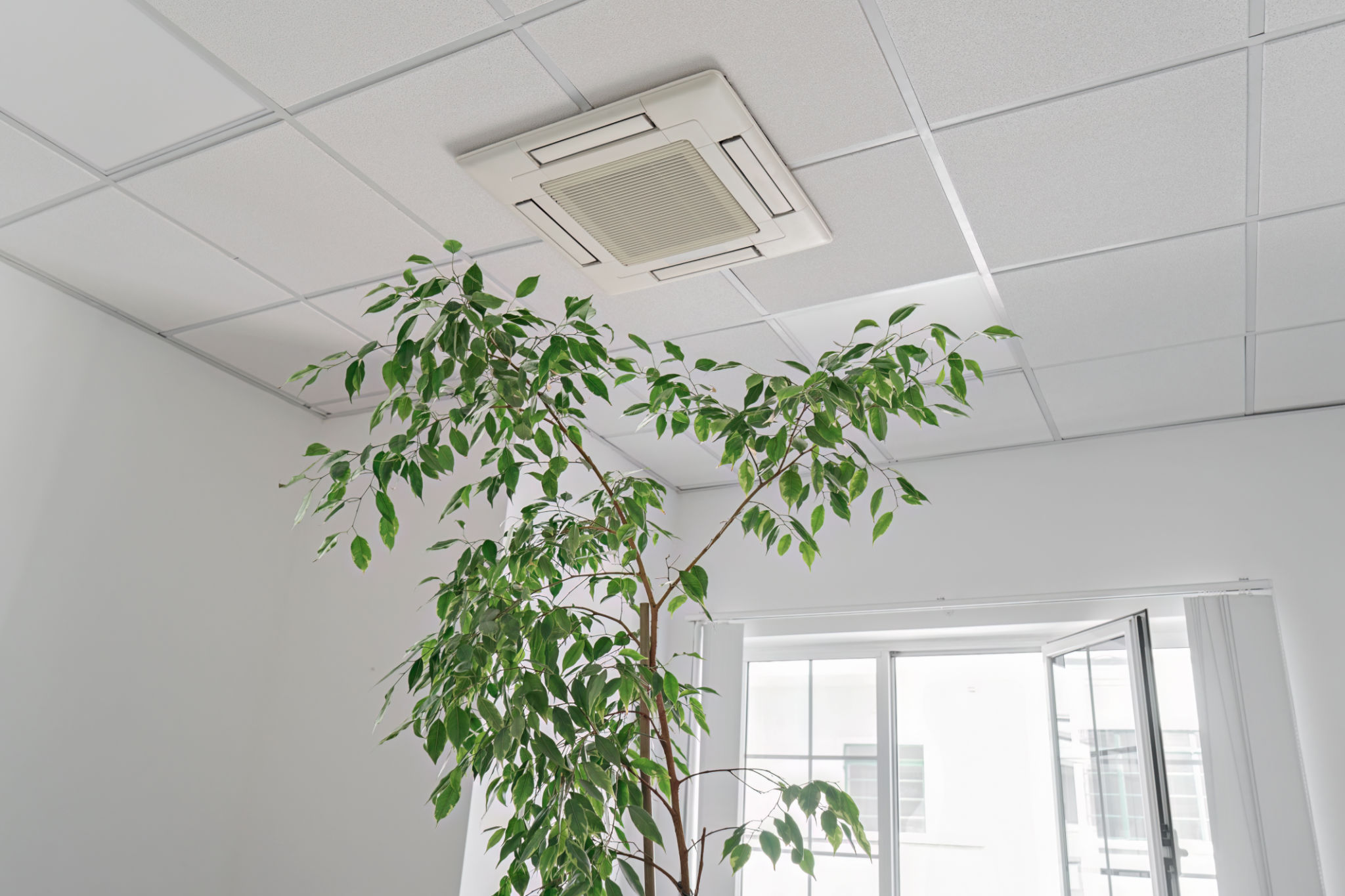Seasonal Migraine Management in Maricopa County: Tips and Tricks
Understanding Seasonal Triggers for Migraines
For those living in Maricopa County, seasonal changes can often bring about more than just a change in weather. Many residents experience an increase in migraine frequency and severity during certain times of the year. Understanding the triggers associated with these seasonal shifts is the first step in managing migraines effectively.
Common triggers include changes in barometric pressure, increased pollen levels, and fluctuating temperatures. Being aware of these factors can help individuals anticipate potential migraine attacks and take preventative measures.

Environmental Adjustments for Migraine Relief
One of the most effective ways to manage seasonal migraines is by making small adjustments to your environment. For instance, using air purifiers can help reduce indoor allergens that may contribute to migraines. Additionally, keeping windows closed during high pollen seasons can minimize exposure to potential triggers.
Another useful tip is to maintain a consistent indoor temperature. Sudden temperature changes, whether from air conditioning or heating, can sometimes act as a trigger for migraines. Using a humidifier during dry months can also provide relief by maintaining optimal humidity levels.

Lifestyle Changes to Combat Migraines
Beyond environmental adjustments, certain lifestyle changes can significantly impact migraine management. Staying hydrated is crucial, especially during the hot summer months in Maricopa County. Dehydration is a common migraine trigger, so drinking plenty of water throughout the day is essential.
Maintaining a regular sleep schedule is also important. Irregular sleep patterns can increase the likelihood of migraines, so try to go to bed and wake up at the same time every day. Incorporating relaxation techniques such as yoga or meditation can further help in reducing stress-induced migraines.

Dietary Considerations for Migraine Prevention
Diet plays a significant role in managing migraines. Certain foods are known to trigger migraines in some individuals, including aged cheeses, processed meats, and foods containing MSG. Keeping a food diary can help identify specific dietary triggers.
On the flip side, incorporating magnesium-rich foods like spinach, almonds, and avocados may help reduce migraine frequency. Regular meals are also important, as skipping meals or fasting can lead to low blood sugar levels that may trigger migraines.
Medication and Alternative Therapies
For those who continue to struggle with seasonal migraines despite lifestyle and dietary changes, medication may be necessary. Over-the-counter pain relievers or prescribed medications can provide relief but should be used under a doctor's guidance to avoid overuse.
Additionally, alternative therapies such as acupuncture, biofeedback, or massage may offer relief for some individuals. These therapies focus on reducing stress and muscle tension, which can be significant contributors to migraine episodes.

Planning Ahead for Seasonal Changes
Preparation is key when it comes to managing seasonal migraines. Keeping a migraine diary that tracks potential triggers and symptoms can be invaluable in identifying patterns and preparing for future attacks.
Moreover, staying informed about weather forecasts and pollen counts can help you anticipate days when you're more likely to experience migraines. This proactive approach allows for better planning and management of your daily activities.
Seeking Professional Help
If seasonal migraines are significantly impacting your quality of life, it may be time to seek professional help. A healthcare provider specializing in headaches can offer personalized treatment plans and additional strategies tailored to your specific needs.
They may also recommend tests to rule out other potential causes of frequent headaches or suggest preventative measures that you might not have considered.
Conclusion: Staying Vigilant Year-Round
While seasonal changes are inevitable, being vigilant and proactive in managing your migraines can make a significant difference. By understanding triggers, adapting your environment, and making conscious lifestyle choices, you can reduce the impact of migraines and improve your overall well-being.
Remember that each individual's experience with migraines is unique. What works for one person might not work for another, so it's important to find a management plan that suits your specific needs.
